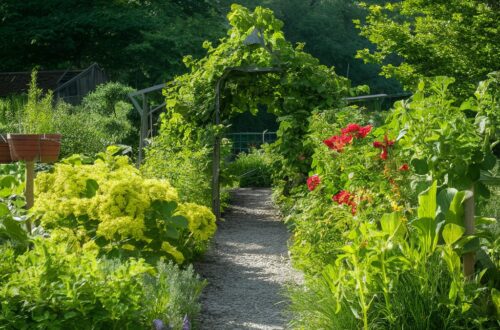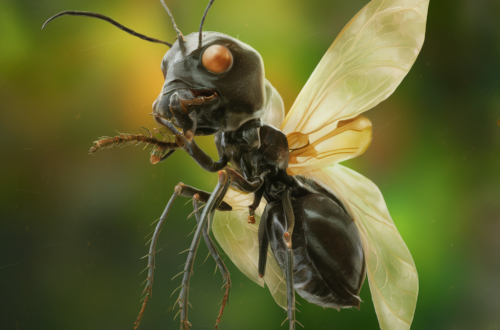The Money Tree (Pachira aquatica), also known as the Pachira, is a popular indoor plant with a reputation for bringing good luck and financial prosperity. Originating from the swamps of Central and South America, the Money Tree has become a beloved addition to homes and offices worldwide. However, to ensure this symbol of good fortune thrives, it requires proper care and attention. In this comprehensive guide, we’ll delve into the essential aspects of Money Tree care, helping you cultivate not only a healthy plant but also a symbol of financial well-being.
Choosing the Right Environment for Money Tree
Money Trees thrive in indirect light, making them ideal for indoor spaces with filtered sunlight. Avoid placing them in direct sunlight for extended periods, as this can scorch the leaves. They can adapt to lower light conditions, but growth may slow. Maintaining a temperature between 65°F to 75°F (18°C to 24°C) is ideal, and they should be protected from drafts.
Soil and Potting
A well-draining potting mix is crucial for Money Tree health. A mix of peat, pine bark, and perlite creates an ideal balance, preventing waterlogged soil that can lead to root rot. Ensure the pot has drainage holes to allow excess water to escape.
Watering
Money Trees prefer evenly moist soil but are susceptible to overwatering. Water the plant thoroughly and allow the top inch of soil to dry out before watering again. Adjust the frequency based on the season, watering more in the growing season (spring and summer) and less in the dormant period (fall and winter).
Humidity
While Money Trees can adapt to average indoor humidity, they thrive in higher humidity environments. Misting the leaves occasionally or placing the pot on a tray filled with water and pebbles can increase humidity around the plant.
Fertilizing
During the growing season (spring and summer), feed your Money Tree with a balanced liquid fertilizer every two to four weeks. Reduce or stop fertilizing in the dormant season (fall and winter) when the plant’s growth naturally slows down.
Pruning
Regular pruning helps maintain a compact and attractive Money Tree. Trim back any unwanted growth and remove yellowing or damaged leaves. Be sure to use clean, sharp scissors or pruning shears.
Troubleshooting Common Issues
- Yellowing Leaves : This can indicate overwatering or too much direct sunlight. Adjust your watering schedule and move the plant to a shadier spot if necessary.
- Brown Tips: Dry, brown tips may result from low humidity or excessive fertilization. Increase humidity or reduce the frequency of fertilizer.
- Pests: Keep an eye out for pests like spider mites or scale insects. Wipe the leaves with a damp cloth or treat with insecticidal soap if needed.
Conclusion
Caring for a Money Tree is a rewarding experience that goes beyond the aesthetics of a lush, green plant in your living space. By providing the right environment, attention, and care, you can cultivate a symbol of prosperity and good fortune. Whether you’re a seasoned plant enthusiast or a beginner, the Money Tree’s resilience and relatively easy care make it an excellent choice for anyone looking to enhance their home or office with a touch of nature and financial well-being.





